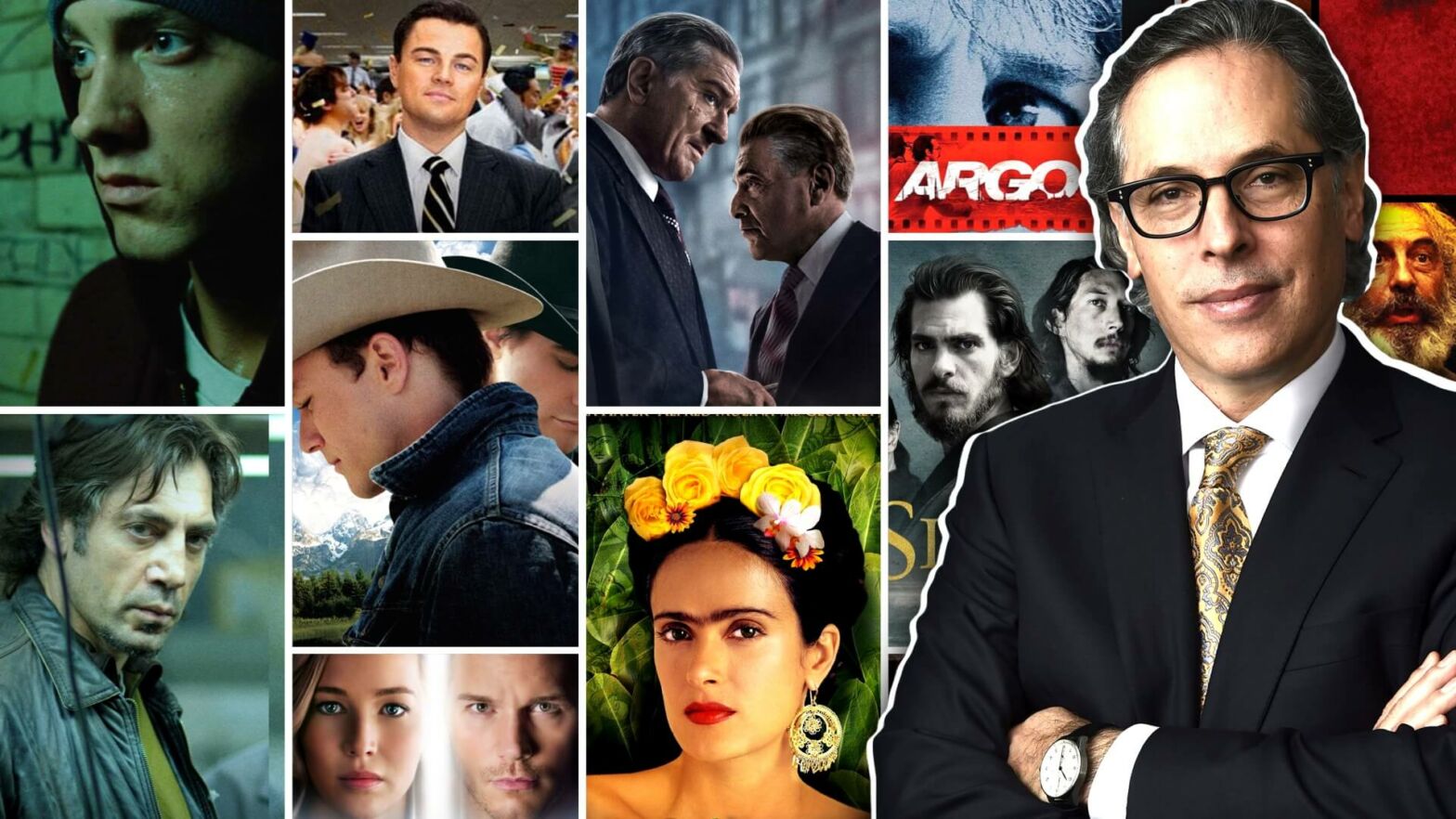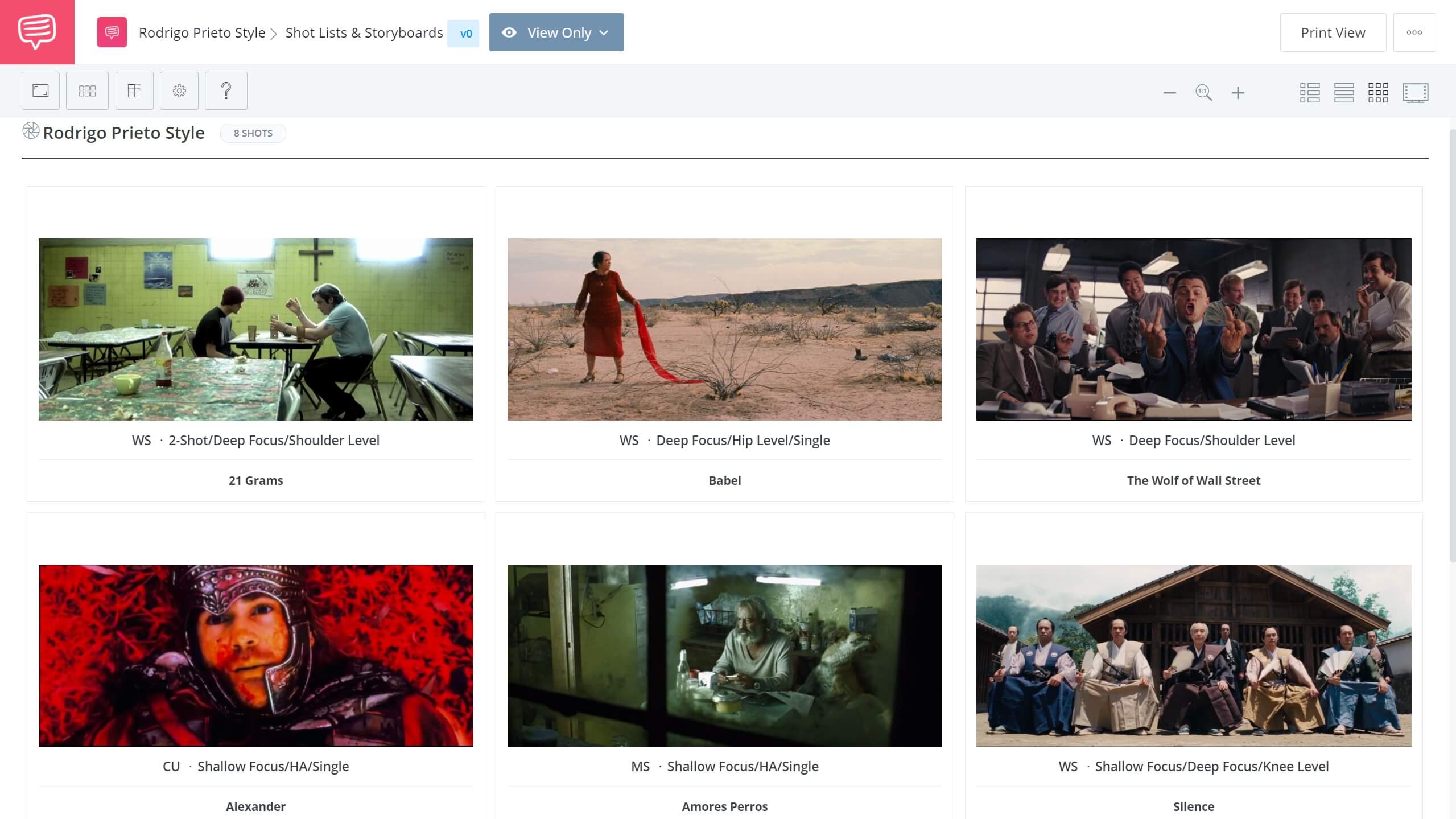The list of directors Rodrigo Prieto has worked with reads like a list of the greatest directors currently working: Martin Scorsese, Pedro Almodóvar, Ang Lee, Oliver Stone, Spike Lee, and Alejandro Iñárritu, to name a few. The acclaimed director of photography started in the independent film scene in Mexico, and first gained international attention in 2000 with his work on Iñárritu’s Amores Perros. How has Prieto now become one of the most coveted cinematographers of the past twenty years? The answer lies in his inimitable detail-oriented style and collaborative approach.
Rodrigo Prieto Cinematographer
Choose the right tools
For Rodrigo Prieto, every aspect of the cinematic image should be adding to the ethos of the film. This starts by choosing the right tools. Before the lighting, framing, or mise en scene, Prieto chooses camera lenses, film stock and even camera gear that will best serve the story.
Take Prieto’s work on Ben Affleck’s Argo. The film primarily takes place in three distinct settings: Tehran, Hollywood, and the CIA. More than just changing the lighting or set decoration in each location, Prieto differentiates the settings by shooting in different formats.
For Iran, Prieto opted to use 2-perf 35mm film, which allowed him to shoot in widescreen while upping the film grain and contrast of the footage in order to create an old newsreel aesthetic:
Argo’s depiction of Iran • Rodrigo Prieto cinematographer
This is in contrast with the CIA, for which Prieto used anamorphic lenses and Steadicams to create a more sleek feel:
Argo CIA • Rodrigo Prieto cinematography
This level of thought about equipment goes into all of Prieto’s projects. For Passengers, for example, Prieto chose not to use film at all and instead shot on digital to create a futuristic feel, ridding his shots of any grain or imperfection.
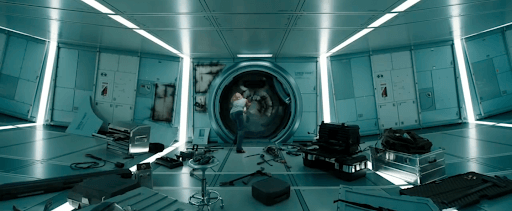
An ultra-clean image in Passengers • Rodrigo Prieto cinematography
It’s a key lesson to take away from Prieto’s work. As a cinematographer, your creative decisions aren’t limited to shot composition and lighting — the equipment and format you use will heavily influence the texture and world of the project.
Rodrigo Prieto Oscar
Subjective cinematography
When composing your shot, it’s important to think about whose perspective you are shooting from. How does that perspective should shape what you are filming? Rodrigo Prieto is a master at this thought process, which he calls “subjective cinematography.”
For Alejandro Iñárritu’s Babel, consider how Prieto shot the character Chieko, who is deaf. He chose an anamorphic lens and a wide open aperture in order to create a shallow depth of field.
By doing this, Prieto visually emphasizes Chieko’s deafness, blurring out the surroundings she wouldn’t be aurally aware of.
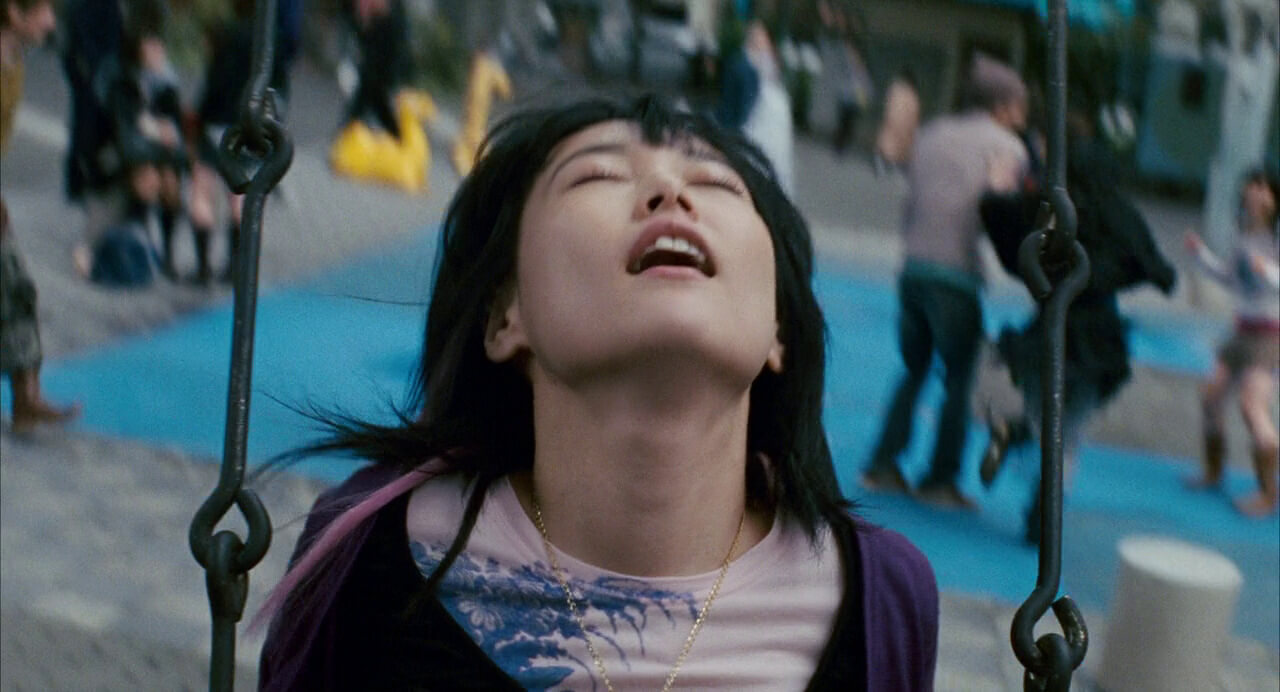
Chieko, in her own world • Rodrigo Prieto cinematography
In Biutiful, Prieto designed each shot to be the perspective of the film’s protagonist, Uxbal. It’s the ultimate subjective cinematography. The camera doesn’t see anything Uxbal doesn’t see, and therefore the audience doesn’t know anything Uxbal doesn’t know.
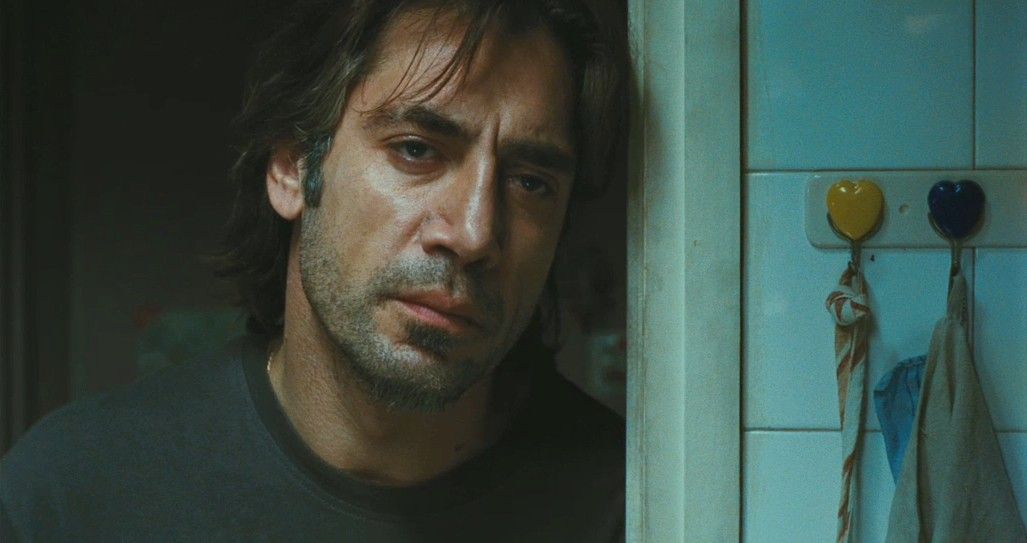
Our eyes and ears, Uxbal • Rodrigo Prieto cinematography
Through these cinematic techniques, Prieto is able to get the audience into the mind of the character whose perspective he’s shooting. It’s an incredibly effective way to achieve subjective narration in a film.
Rodrigo Prieto Cinematographer
Prioritize versatility
Prieto’s resumé is unique not just in its high quality but also in its visual diversity. How does one cinematographer work with both Oliver Stone and Ang Lee, two directors with distinct and different styles?
Prieto has managed this wide breadth of collaborators by prioritizing the director’s vision. In other words, he listens to what the director wants, and delivers that. Take, for example, the grey grit of 8 Mile, which Prieto worked on with director Curtis Hanson...
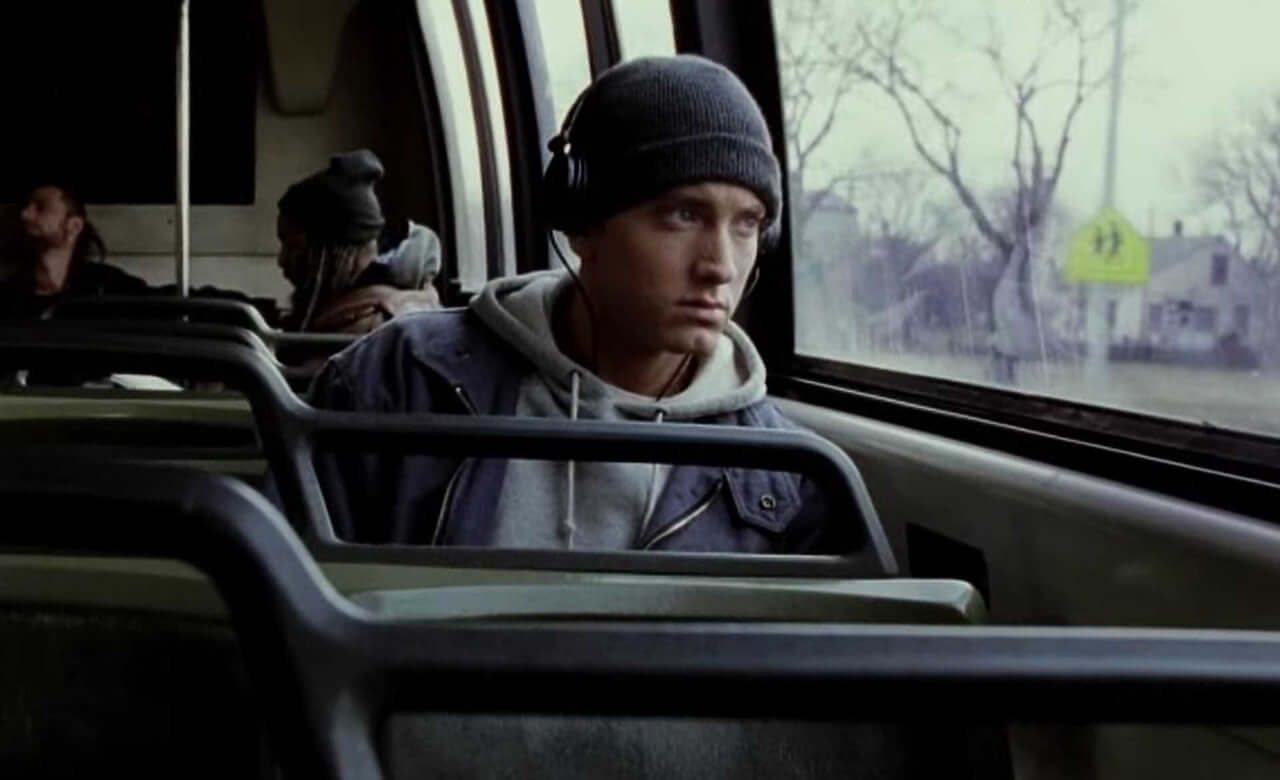
Cold greys of Detroit • Rodrigo Prieto cinematographer
…in comparison to the gaudy, colorful excess of The Wolf of Wall Street:
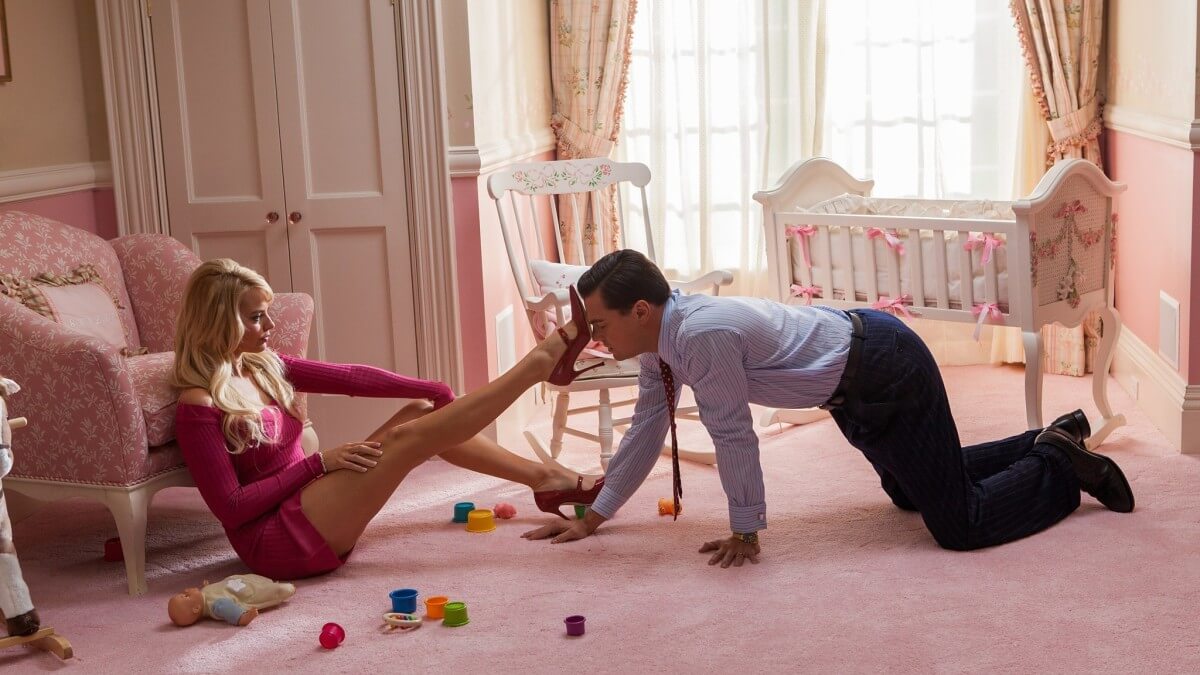
Imagine Eminem in this mise en scene • Rodrigo Prieto cinematography
Rodrigo Prieto is chameleon-like, able to suit the needs of any director. And this versatility shouldn’t be confused with a lack of creative vision. Prieto’s ability to bring a director’s vision to life takes incredible skill and precision. It’s one thing to know what you want; it’s another thing to bring it to life.
To hear his process in his own words, take a look at Prieto discussing his work on Scorsese’s The Irishman:
Rodrigo Prieto interview on The Irisman
Note the cinematographer’s focus on story and theme. Each of his creative decisions is rooted in service of the film as a whole, not in a need to show off.
We put more of Prieto’s most iconic shots in StudioBinder's storyboard software. See for yourself just how varied his style can be. Click the image below to see the entire collection.
Rodrigo Prieto cinematographer • Open the storyboard
As one can see from these stills, prioritizing your director’s vision doesn’t mean you are sacrificing stunning cinematography.

Rodrigo Prieto on Collaboration:
“Ultimately, a director will decide if he or she likes the idea or not. The most important thing is to listen, not just with ears but with your heart. Try to understand on a deeper level what the director is trying to express.”
In each of the films seen above, Prieto creates beautiful imagery in service of the story. For Brokeback Mountain, it’s the welcome isolation provided by Wyoming’s wilderness. In Silence, it’s the bleak reality of faith failing you.
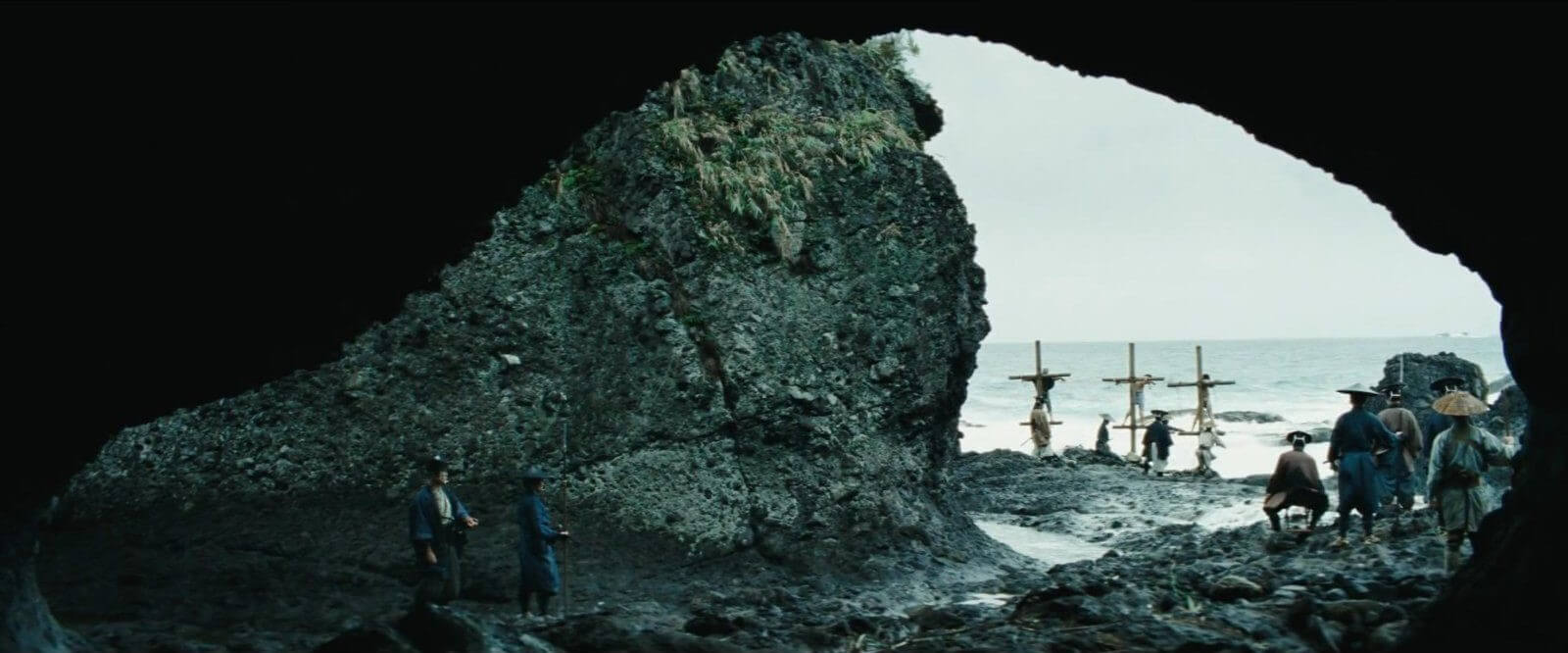
Rodrigo Prieto Silence
Compromise doesn’t mean mediocrity: collaboration and good communication can create genius.
Rodrigo Prieto Oscar
Push boundaries
Rodrigo Prieto initially made a name for himself by bucking the dominant visual trends of Hollywood in favor of more energetic, inventive cinematography.
His earlier work utilizes a free-roaming camera. Prieto preferred working with small cameras in order to move in an untethered manner. He also disregarded traditional framing and lighting techniques. Take a look at this scene from Amores Perros:
Amores Perros cinematography • Rodrigo Prieto DP
Prieto’s camera work imbues a kinetic energy into the scene — shaking, twisting, racking focus. This type of coverage for an action sequence now feels like the norm, but in 2000, Prieto and Iñárritu were on the cutting edge of docu-realism in narrative films.
Since breaking onto the scene, Prieto has not stopped experimenting. A famous example of Prieto’s dedication to innovation can be found in Oliver Stone’s Alexander. Prieto insisted on shooting the climactic death scene in infrared in order to manipulate the colors of the scene. It was a risky move, and Prieto had to convince everyone, including Stone, that the technique was worth it.
Use of infrared in Alexander • Rodrigo Prieto director of photography
The result is not only visually striking, but also crucial to the narrative. This is a key moment in the story of Alexander, and through the use of infrared, its importance is reinforced cinematically.
Therefore Prieto’s innovation is rooted in pragmatism. Again, he’s not experimenting for the sake of experimenting — it’s always in service of the movie as a whole.
UP NEXT
Robert Yeoman’s Style
Rodrigo Prieto has worked with so many great directors in large part due to his versatility. This makes his style harder to pin down. On the other end of the spectrum is Robert Yeoman, a cinematographer with an incredibly distinct style, having worked repeatedly with Wes Anderson. Check out our breakdown of his approach.
Up Next: Robert Yeoman Techniques →
Showcase your vision with elegant shot lists and storyboards.
Create robust and customizable shot lists. Upload images to make storyboards and slideshows.
